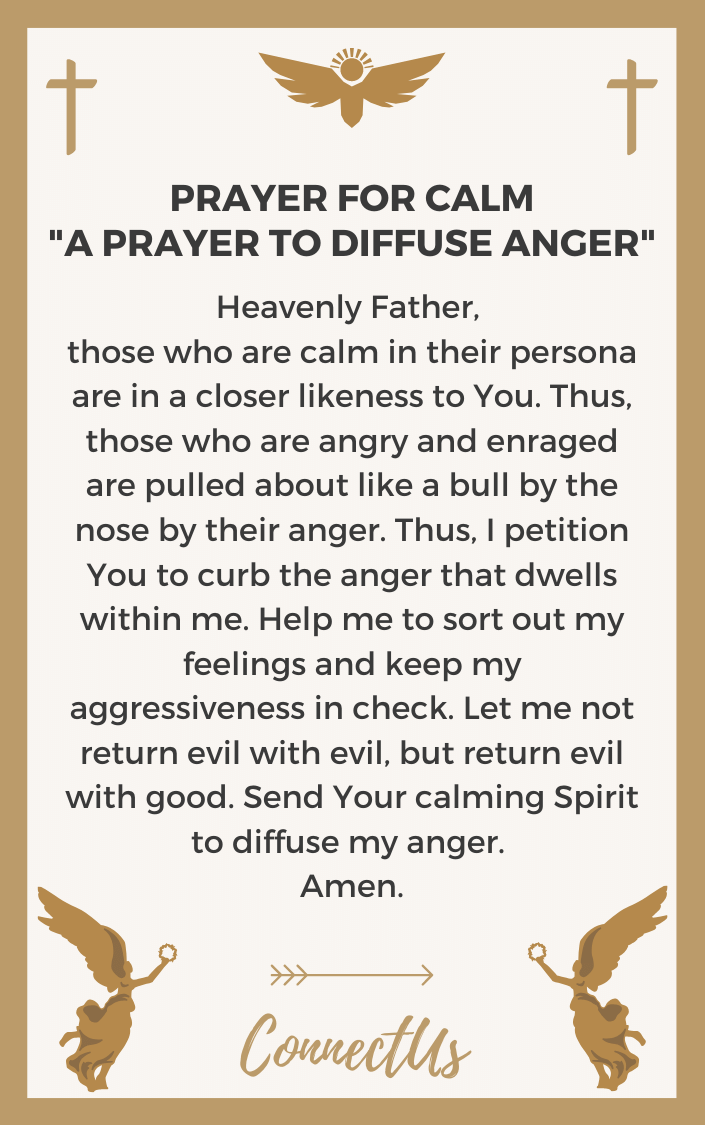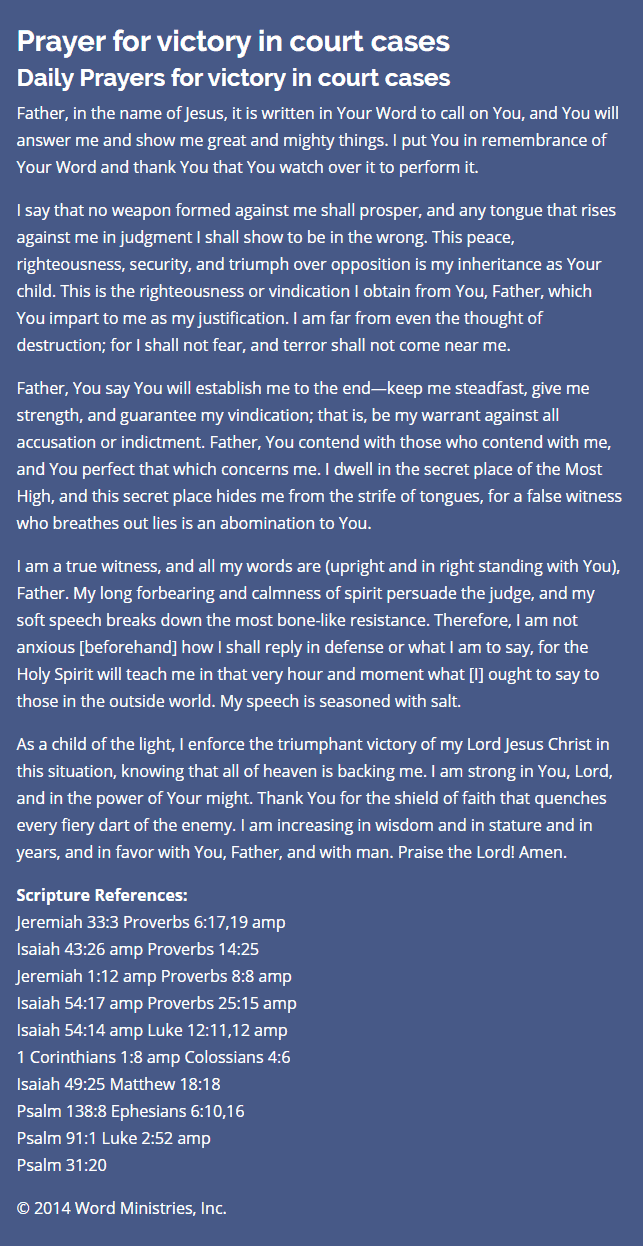Anger is a normal and natural feeling. When it’s expressed in the right way, it can be a powerful force that helps us achieve our goals. But anger can also get out of control, leading to problems such as argumentation, violence, and even obesity. In this blog post, we will explore how to achieve calmness in the face of anger and manage it effectively. We will also provide tips on how to deal with anger in constructive ways so that you don’t lose control and end up harming yourself or others.
The Benefits Of Calming Prayer
There are many benefits to calming prayer for anger. The first is that it can help you learn to control your temper. When you become more in control of your thoughts, emotions, and behavior, you’re less likely to lash out in anger.
Calming prayer also helps you develop a greater sense of self-awareness and understanding. When your emotions are under control, you can better assess what’s happening in your own life and make choices based on sound reasoning and judgment.
Finally, calming prayer can provide relief from the stress associated with anger. When you find peace within yourself, you can shift focus from the anger itself to the tasks at hand. This allows for a smoother flow of productivity and stronger concentration during any challenging situation.
Steps To Practice Calmness Prayer
There are many steps you can take to practice calmness prayer. Below are a few suggested exercises:
1. Spend some time each day focusing on your breath. Inhale and exhale slowly and regularly, paying attention to your stomach as you do so.
2. Prayerfully reflect on positive experiences in your life – both personal and relational – and let these memoriesothe your heart and mind.
3. Practice gratitude everyday for the good things that have happened in your life, both big and small. This will help you stay centered in the present momentand cultivate a sense of peace about future events.
4. Meditate on Scripture or a peaceful mantra – whatever resonates with you – to help you quiet your mindand find peace within yourself.
5. Connect with nature in some way, whether by spending time outside, taking a walkthrough nature park, or simply gazing at a beautiful view from afar. Doing something that remindsyou of how much larger than ourselves everything is can be incredibly calmingand nurturing.
Anger Is A Natural Emotion
Anger is a natural emotion. It’s how we react to certain situations and it can be helpful in some cases. However, anger can also be harmful if it’s not managed correctly. The key to managing anger is to understand why you’re angry and to use that information to make decisions that will help you resolve the issue. Here are four tips for controlling anger:
1. Identify the Source of Your Anger: The first step in controlling your anger is understanding where it comes from. Anger can stem from many different sources, such as frustration, sadness, or fear. Once you know what’s fueling your anger, you can start to identify solutions that will address the root of the problem.
2. Watch Your Language: Speaking metaphorically or using inflammatory language when angry could make the situation worse. Instead, try using words like “frustrated” or “upset.” This will help you stay calm and focused while addressing the situation.
3. Take Action Slowly and with Reason: Whenever possible, take action slowly and thoughtfully when angry. This way, you won’t impulsively do anything that could cause more harm than good. Try to think through each step of your plan before acting on it-this will help prevent any unwanted consequences from happening.
4. Get Help If You Can’t Control Your Anger
There are three ways to deal with anger:
1. Expressing anger: Talking out your feelings and airing all the resentment can help to dissipate some of the anger.
2. Ignoring the anger: If expressing it doesn’t work, try ignoring it instead, even if that means putting up with annoying behavior for a while. It may be tempting to react impulsively, but responding to anger in an uncontrolled way only makes matters worse.
3. Managing anger: Once you’ve expressed your feelings and minimized any possible escalation, take some time to calm down yourself. Practicing mindfulness or meditation can help you focus on your breath and control your thoughts in order to remain calm.
The Calmness Prayer for Anger
Anger is a natural emotion that can be triggered by many different things. It can be a response to something that has happened, or something that we feel is happening around us.
When anger starts to take over our lives, it can be difficult to control. We may become agitated and angry with people, or objects, or even ourselves. This can cause us problems in our relationships, at work, and in our everyday life.
There is a way out of this situation though – through the use of the calmness prayer for anger. The purpose of this prayer is to help us regain control of our anger and temper, and to use it in a constructive way.
The first step in using the calmness prayer for anger is acknowledging that we are angry. This allows us to own up to the anger that is driving us crazy, and helps us begin to understand where it comes from.
Next, we ask for God’s help in controlling our anger. We need to put ourselves into God’s hands – trusting Him not only with the forgiveness part of the prayer, but also with the ability to control our emotions.
We also ask for guidance on how best to deal with our anger now and in the future. We want guidance on how best to express ourselves instead of letting our anger get out of control – preferably without hurting anyone else either physically or emotionally.
There are moments when anger is warranted, but there are also many other times when the anger we feel is not in line with the best interests of ourselves or those around us. When this happens, it can be helpful to turn to a calmness prayer for guidance on how to deal with our anger in a healthy way. This prayer can help us take some of the steam out of our emotional outburst and restore balance so that we can move forward in a constructive way.






